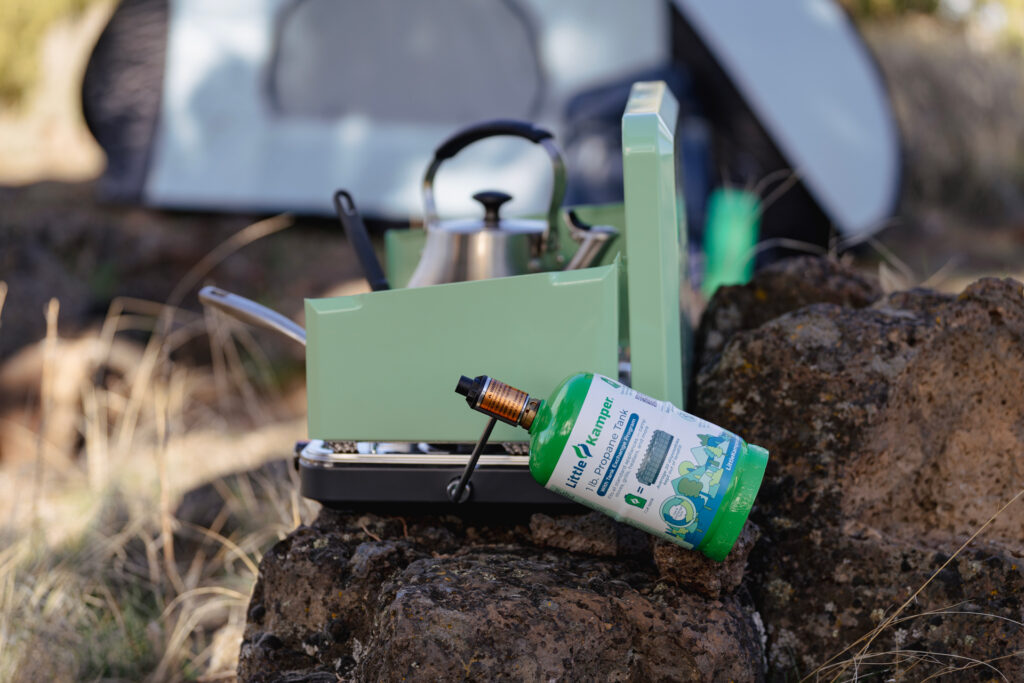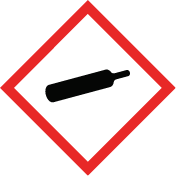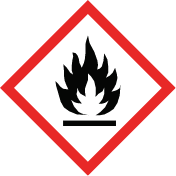Propane Safety
Learn how to properly use, handle, and store your Little Kamper propane cylinder.
Learn More About Our Cylinder
General rules for a fun, safe time
No matter what fuel you choose, cooking outdoors requires following appropriate safety procedures. Cooking with propane is convenient, easy, and safe when you plan ahead, follow the proper procedures, and always think safety first. Whether you are setting up your weekend kitchen at a campsite or preparing your favorite pre-game meal at a tailgate party, you’ll want to remember and follow these simple safety guidelines.
Keep the safety cap on when you’re not using the cylinder
Many of the problems people have with portable propane cylinders result from debris that is trapped between the cylinder valve and the device regulator when it gets screwed into place.
Create a safe cooking area
Whether you are going to light a propane BBQ, camp stove, or any other propane appliance, make a point of creating a zone around your equipment that allows you to work safely. Set up your equipment on a flat surface. Make certain there are no combustible materials like leaves or twigs immediately nearby.
Visually inspect your equipment before you cook
Look for any damage that may have occurred to your propane BBQ or propane camp stove before you connect your Little Kamper. Inspect your connection points for any debris that needs to be removed before you attach your Little Kamper.
Follow the manufacturer’s instructions for your BBQ, camp stove, lantern, or other appliance
Keep the instructions with the device so that you can refresh your knowledge of the process for safely using your device. Always follow the manufacturer’s instructions.
Close all valves before you connect your Little Kamper
Make sure that your appliance is turned off before you connect your Little Kamper refillable propane cylinder.
Leak test your connection
You can keep a small pump spray bottle of water mixed with a small amount of dish soap to test the connection between the Little Kamper and your appliance. Set the spray bottle to spray in a stream (not a mist) directly onto the joint between the appliance and the Little Kamper. If you see any bubbles, you have a leak and you’ll need to adjust the connection! Re-test your connection to verify that you have no leaks before you proceed.
Light your device carefully!
The ignition process is a critical moment for safety. Follow the instructions for your device carefully. Use the manufacturer’s ignition device if your appliance has an internal ignition source. Be extra careful if you’re using matches or a lighter to start your stove or gear.
Turn your device off completely
Make certain that when you are finished using your stove, BBQ, or other appliance that you shut it off completely. Double-check the valves before you walk away from the appliance.
Disconnect the Little Kamper when not in use
The best way to keep your tailgate kitchen or campsite safe is to remove the fuel supply from the device when not in use. Connecting and disconnecting the Little Kamper is quick and easy so don’t just shut it down, disconnect it!
When Connecting For Use
Read and follow your propane device manufacturer’s instructions when connecting the cylinder to your propane device. Check the cylinder valve and appliance seals. Do not use if seals are damaged or missing. Check the cylinder valve and propane device connection for debris and remove any foreign material.
Close all valves on your propane device before connecting cylinder to the device. Check your propane device valves and connections to make sure they do not leak before lighting your device. Apply soapy water on and around the cylinder valve connection to your propane device. If bubbles appear, remove the cylinder and check for debris before attempting to reconnect the cylinder to your propane device.
Do not use if leaking. Never check for propane leaks with a match or open flame. When your propane device is not in use, disconnect the cylinder and replace the cylinder valve cover.
DANGER:
FLAMMABLE GAS UNDER PRESSURE. STORE AND USE IN A WELL-VENTILATED LOCATION. LEAKING PROPANE MAY CAUSE A FIRE OR EXPLOSION IF IGNITED. CARBON MONOXIDE HAZARD. BURNING PROPANE GAS MAKES CARBON MONOXIDE (CO). CO IS INVISIBLE, ODORLESS, AND CAN KILL YOU. BURNING PROPANE GAS IN A TENT, VAN, CAMPER, OR OTHER ENCLOSED SPACE CAN BE DANGEROUS. 1. USE ONLY IN WELL-VENTILATED AREAS. IF YOU EXPERIENCE HEADACHE, DROWSINESS, OR NAUSEA, TURN APPLIANCE OFF AND GET FRESH AIR QUICKLY. 2. NEVER USE WHERE PEOPLE ARE SLEEPING. 3. FOLLOW APPLIANCE INSTRUCTIONS FOR PROPER USE.
WARNING:
Fire/Explosion Hazard. Do not connect or disconnect tank near flames, sparks, or other potential sources of ignition. If you hear hissing, see a cloud of vapor, or smell leaking propane, immediately disconnect the tank. Contact with the liquid contents of the tank will cause freeze burns to the skin. Propane is heavier than air and may settle in low places while dissipating. Do not use, store, or transport the tank where it would be exposed to temperatures above 120°. When transporting, keep the tank secured in an upright position. Do not attempt propane tank repairs. This tank is for professional refilling by weight only. Tank NOT equipped with an overfill protection device. Do not allow children to tamper or play with the tank. Do not remove, deface, or obliterate this label.




⚠️WARNING: This product can expose you to chemicals including carbon monoxide, known to the State of California to cause cancer, birth defects, or other reproductive harm. For Prop 65 info, go to www.P65Warnings.ca.gov.
Want More Camping Tips?
Whether you’re new to camping and outdoor cooking, or a seasoned pro, review some tips and tricks to make sure your time enjoying the splendor of the Great Outdoors is fun, safe, and full of memories.
Read Tips and Tricks